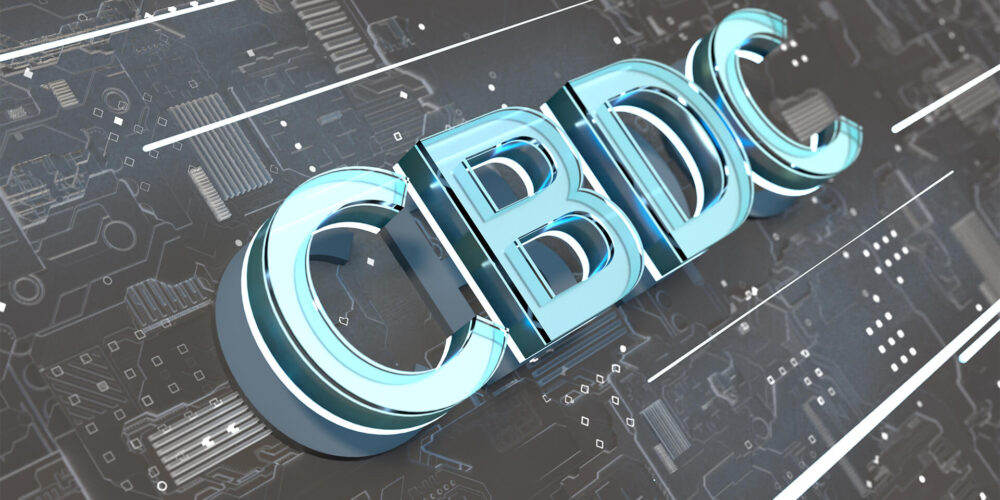As digital currencies reshape global finance, central bank digital currencies, stablecoins, and tokenized treasuries are competing to define the future of money, with profound implications for trust, privacy, and economic sovereignty. What exactly does this mean for consumers, businesses, and governments as they navigate this uncharted digital landscape?
The Competing Visions of Digital Money
The landscape of digital money is rapidly evolving, bringing forth distinct governance models in the form of Central Bank Digital Currencies (CBDCs), stablecoins, and tokenized treasuries. Each represents not just a different means of transaction, but also varied geopolitical implications and social trade-offs that will shape economic futures across the globe.
Over the coming decade, the effectiveness and public trust in these systems will be scrutinized as they collide with traditional forms of currency and financial regulations. The debate centers on whether trust should be entrenched in state-sponsored systems or fostered through code and decentralized frameworks. As tensions rise between these two models, the outcome could redefine our understanding of economic sovereignty and the very nature of money itself.
Central Bank Digital Currencies: Sovereign Programmable Money
Central Bank Digital Currencies emerge as the digital legal tender issued by central banks, aiming to enhance financial inclusion and streamline welfare transfers. Their design is inherently programmable, offering a way for governments to impose certain conditions on the use of funds. However, this very feature fuels concerns over privacy and governmental oversight—what happens if spending is restricted or expiry dates are imposed?
“If we are not careful, we are creating a system that could easily be perceived as government surveillance money,” cautioned a spokesperson for the Trump 2.0 administration, who has been vocal against the advent of CBDCs.
The European Central Bank is championing the digital euro, positioning it as a public good to not just counterbalance the influence of Big Tech but also to reinforce sovereign control. Conversely, the adoption of CBDCs in emerging markets like Nigeria and Ghana remains challenging due to issues like digital literacy and a historical mistrust in banking institutions, showcasing a clear divide in acceptance and implementation across different economic landscapes.
Stablecoins: Private Issuance and Global Strategy
Stablecoins, often pegged to the US dollar, represent a pivotal development in the digital currency sphere, primarily appealing to those seeking stability amidst the volatility of cryptocurrencies. These privately issued tokens are increasingly seen as necessary tools for efficiency in the global economy. For policymakers in the United States, stablecoins are also a strategic asset for maintaining the dollar’s dominance against competing currencies.
“The rise of stablecoins and CBDCs marks a transformative phase in the digital currency space, prompting a reevaluation of traditional financial systems and practices,” an industry expert noted.
However, risks loom large, including the potential for “digital bank runs” should the trust erode, and challenges for local monetary policies in emerging economies grappling with rapid dollarization. As Tether’s market capitalization recently eclipsed $150 billion, its growing dominance in the market underscores the urgent need for a comprehensive regulatory framework that balances innovation with safety, particularly as U.S. legislation endeavors to navigate these complexities.
Tokenized Treasuries and Real-World Assets
As the boundaries between traditional finance and decentralized finance blur, tokenized treasuries are establishing themselves as crucial assets in the realm of lending and investments. By allowing for instant settlements and 24/7 liquidity, they provide a glimpse into a financially interconnected future that operates on blockchain technology.
Companies such as CEA Industries have recognized the advantages of accumulating crypto treasuries, looking to diversify and enhance yield generation strategies. However, with such rapid developments come pressing risks, including potential code errors and liquidity issues that might spiral before regulatory frameworks can catch up. As tokenized assets continue to infiltrate the financial fabric, careful attention must be paid to regulatory responses to these novel forms of financial instruments.
Interoperability and Global Standards
Interoperability has emerged as a foundational necessity as various digital money systems strive for cohesion. Efforts from institutions like SWIFT with its CBDC Bridge and BIS’s Project Icebreaker are aimed at ensuring seamless connections across the financial landscape. This is akin to the chaotic beginnings of internet protocols in the 1990s, with a creature of many disparate systems inching toward a standardized framework.
The Bank of England’s exploration of interoperability for a digital pound exemplifies growing recognition of the need for cohesive interaction between different forms of money, including cash, bank deposits, and various digital tokens. The forthcoming standards will be integral; the financial ecosystem may depend on a robust infrastructure that supports these new forms of currency.
Environmental and Policy Considerations
As digital currencies take center stage, their environmental impact and governance strategies cannot be overlooked. Most CBDCs and permissioned blockchains are designed to be energy-efficient, a marked contrast to some public chains, which have faced increasing scrutiny for their environmental footprints. Ethereum’s shift to proof-of-stake took significant strides towards sustainability, reducing energy consumption overwhelmingly.
The concept of a “digital-green finance” framework is emerging, linking tokenized assets to sustainability initiatives. As regulators wrestle with the competing demands of fostering innovation while preserving stability and protecting individual privacy, a balanced approach will be essential to ensure a responsible transition into this digital future.
Trust, Technology, and the Future of Democracy
As we ponder the future of digital currencies, the critical question remains: How much trust should be encoded in these systems, and in whom should that trust reside—state, market, or algorithm? The potential for hybrid frameworks that marry centralized and decentralized finance may pave the way for a future where finance is not only programmable but also equitable and secure.
“Who do we trust to define money — the state, the market, or the algorithm?”
If successful, the strategic architecture of these systems could enable programmable finance that avoids creating an unregulated free-for-all or an oppressive surveillance state. This high-stakes scenario will not just define the future of money but also the principles of democracy and economic equity in a digital age.





